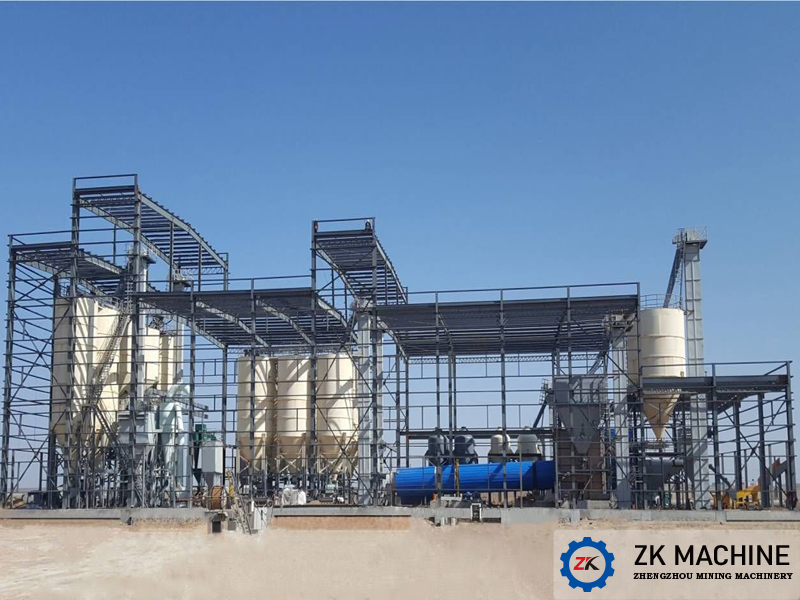Gypsum is a monoclinic mineral and a hydrate whose main chemical component is calcium sulfate (CaSO4). Gypsum is a widely used industrial material and building material. It can be used as cement retarder, building products, model making, medical food additives, sulfuric acid production, paper filler, paint filler, etc. The most widely used natural gypsum is dihydrate gypsum. Its active ingredient is calcium sulfate dihydrate (CaSO4·2H2O). Generally, gypsum is graded according to the content of calcium sulfate dihydrate in the ore. High-grade gypsum is mostly used as raw material for the production of special gypsum products, such as food, medical, artwork, models and chemical fillers; gypsum mines with calcium sulfate dihydrate content of less than 60% are rarely used; more than 60% The gypsum ore, depending on its content, is used in various fields such as building materials and construction.
Dihydrate gypsum (CaSO4·2H2O) is also known as raw gypsum. After calcination and grinding, β-type hemihydrate gypsum (2CaSO4·H2O) can be obtained, namely, building gypsum, also known as plaster of paris and plaster. If the calcination temperature is 190℃, model gypsum can be obtained, and its fineness and whiteness are higher than building gypsum. If the green gypsum is calcined at 400-500°C or higher than 800°C, floor gypsum is obtained. The setting and hardening are slower, but the strength, wear resistance and water resistance after hardening are better than ordinary building gypsum.
The industrial by-product gypsum is fed into the steam tube bundle calcining kiln through box feeder, belt conveyor, vibrating feeder and other conveying equipment, and then calcined under 240 ℃ supersaturated steam; The calcined products are sent to the cooling bin for cooling through conveying equipment such as screw conveyor and plate chain elevator; The cooled semi-finished products are sent to the ex-grinding bin through screw conveyor, belt conveyor, plate chain elevator and other conveying equipment, and then sent to the ball mill for grinding after metering; The milled finished products are sent to the finished product warehouse for storage; After the finished product warehouse, a packaging machine can be set for packaging and sale, or the powder material can be directly transported by bulk truck to customers.






















